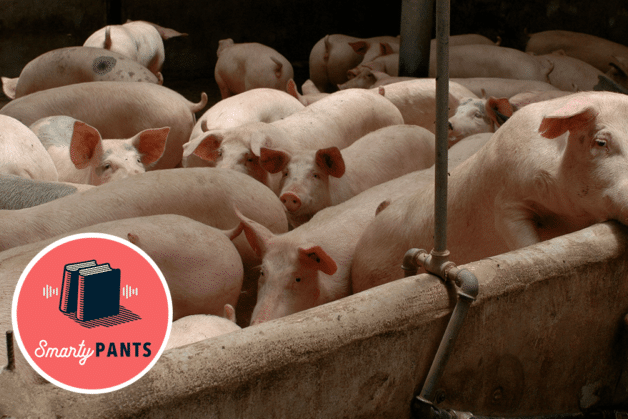We are all inundated with news about the COVID-19 pandemic, but one thing is glaringly missing from the coverage: the underlying structural reasons for why this is happening. Yes, in our globalized economy, travel has increased exponentially in the past 20 years, not just for pleasure, but also for profit. Still, that alone does not explain why we’ve had a litany of infectious disease outbreaks over the same period, each one coming hot on the heels of the last and doing nothing to alter our public health response. What does? Evolutionary biologist Rob Wallace, of the Institute for Global Studies at the University of Minnesota, has some answers. For the past 25 years, he’s been studying the evolution and spread of influenzas and other pathogens. His research shows that if you really want to understand the nature of global outbreaks, you have to look at global agriculture. Where are large industrial farms or monocultural plantations encroaching on the habitats of wild animals that are the natural hosts for pathogens, like bats and civets and pangolins? Who has pushed people on the margins of society off their subsistence farms and deeper into hinterlands that used to regulate themselves before their ecosystems were destroyed? Who is really to blame for our current predicament?
For more, see the original post from the Smarty Pants Podcast at American Scholar.

